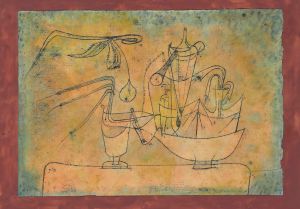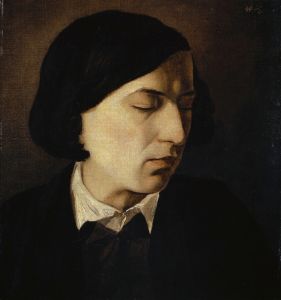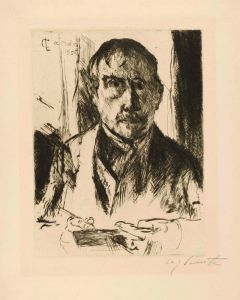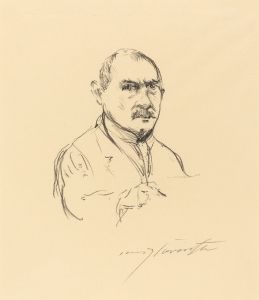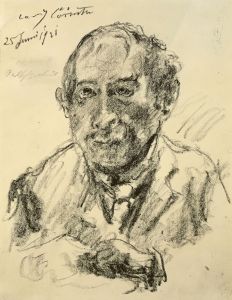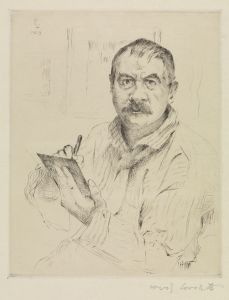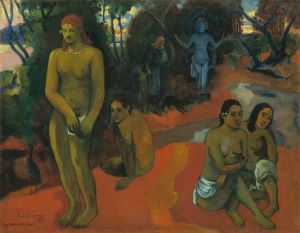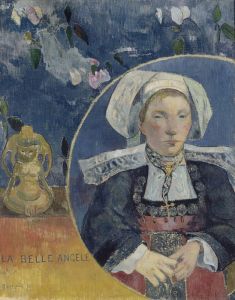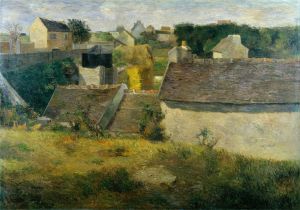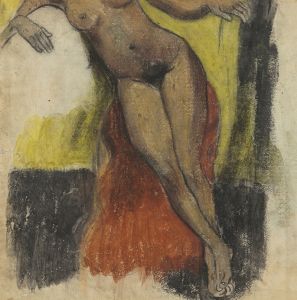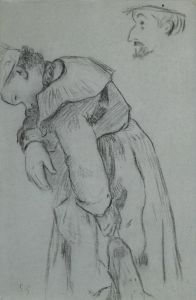
Self-Portrait
A hand-painted replica of Paul Gauguin’s masterpiece Self-Portrait, meticulously crafted by professional artists to capture the true essence of the original. Each piece is created with museum-quality canvas and rare mineral pigments, carefully painted by experienced artists with delicate brushstrokes and rich, layered colors to perfectly recreate the texture of the original artwork. Unlike machine-printed reproductions, this hand-painted version brings the painting to life, infused with the artist’s emotions and skill in every stroke. Whether for personal collection or home decoration, it instantly elevates the artistic atmosphere of any space.
Paul Gauguin's "Self-Portrait" is a notable work by the French post-Impressionist artist, created in 1889. Gauguin, known for his bold use of color and synthetist style, often explored themes of primitivism and symbolism in his work. This self-portrait is a reflection of his complex personality and artistic vision during a pivotal time in his career.
The painting was created during Gauguin's stay in Pont-Aven, Brittany, a region in France that attracted many artists due to its picturesque landscapes and traditional Breton culture. This period was crucial for Gauguin as he was developing his distinctive style, moving away from Impressionism towards a more symbolic and expressive approach. The "Self-Portrait" is a testament to this transition, showcasing his innovative use of color and form.
In the "Self-Portrait," Gauguin presents himself with a contemplative expression, capturing his introspective nature. The background of the painting is vibrant and abstract, featuring bold colors and simplified forms, which are characteristic of his synthetist style. This approach emphasizes flat areas of color and strong outlines, rejecting the naturalistic depiction of light and shadow that was prevalent in Impressionism.
Gauguin's choice of colors in the "Self-Portrait" is significant, as he uses them not just for their visual impact but also for their symbolic meaning. The use of vivid reds, yellows, and greens creates a striking contrast, drawing attention to the artist's face and expression. This use of color reflects Gauguin's interest in the emotional and spiritual potential of art, a theme that would become central to his later works.
The "Self-Portrait" also reveals Gauguin's fascination with identity and self-exploration. By depicting himself in a thoughtful pose, he invites viewers to consider the complexities of his character and the challenges he faced as an artist. This introspective quality is a recurring theme in Gauguin's work, as he often grappled with questions of identity and belonging, particularly during his travels to Tahiti and other exotic locations.
Gauguin's "Self-Portrait" is housed in the Musée d'Orsay in Paris, where it is part of a larger collection of 19th-century art. The painting is an important example of Gauguin's early work and provides insight into his development as an artist. It also serves as a precursor to his later, more experimental pieces, which would further explore themes of symbolism and primitivism.
Overall, Paul Gauguin's "Self-Portrait" is a significant work that captures a moment of transition in the artist's career. It reflects his evolving style and his ongoing exploration of color, form, and identity. As such, it remains an important piece for understanding Gauguin's contribution to the post-Impressionist movement and his influence on modern art.





